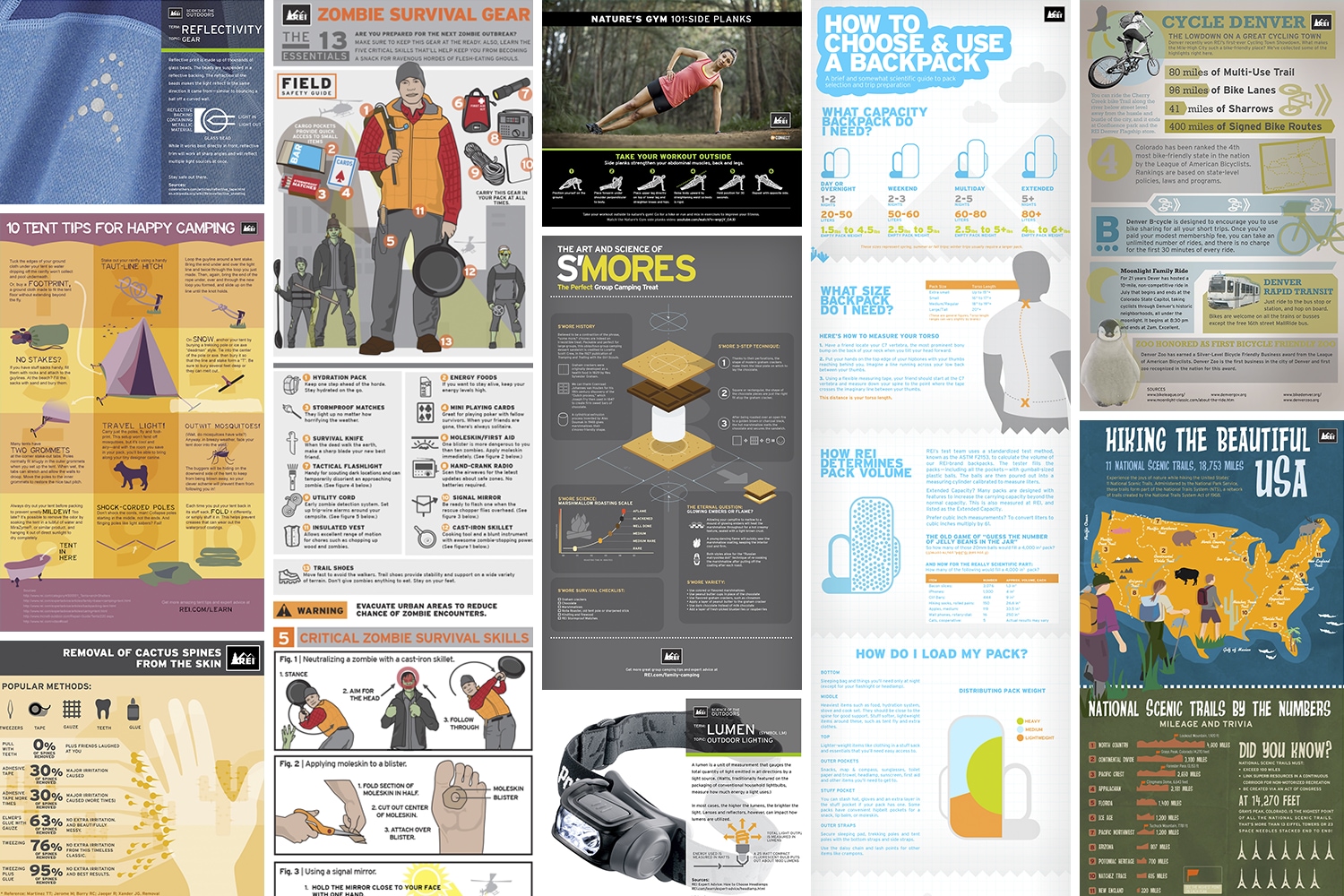The Basics Of Ecommerce For Selling Camping Tents
The Basics Of Ecommerce For Selling Camping Tents
Blog Article
Just How to Correctly Set Up Your Tent Before Camping
Setting up your camping tent can be a complicated job for also experienced campers. This guide will certainly cover the basics of pitching an outdoor tents correctly and safely so you can enjoy your camping trip without stress or worry.
How do I have fun camping?
Begin by outlining your outdoor tents's footprint and ground sheet to safeguard your camping tent floor from rocks, sticks, dirt, and other debris. Next off, construct the outdoor tents posts and attach them to the edges of the outdoor tents body utilizing the proper sleeve or hook.
Choosing the Right Website
When you are worn down after a long day walking, you intend to pitch your outdoor tents and prepare yourself to rest. Yet you must initially walk around the site to ensure it is risk-free for camping. Look down and up to figure out whether any kind of trees have huge dead branches that can fall on your camping tent. These are often called widowmakers and you don't want them to drop on you while you're resting.
Additionally make sure to prevent low spots that can flooding during a storm and to camp away from pet tracks, nests and habitats where ticks and chiggers are most likely to thrive. Search for a level, rock-free area that is big enough for your outdoor tents and any other equipment you'll be bringing.
Some people like to set their tents up so the head end is sharp towards the east to catch the sunlight's warming rays first thing in the early morning. This isn't constantly required, but it is a nice touch that can aid wake you up.
Pitching Tips
It may seem noticeable, however proper outdoor tents throwing is among the most important consider a good night's rest. Having a practice run in your home will aid you familiarize yourself with your outdoor tents, discover all the pole sleeves and bolts, and make certain everything remains in location. It's also a blast to practice using guylines for security and to discover any kind of damaged pieces.
When you get to your camping website, take a look at the terrain to see if it appropriates for your camping tent. A good rule of thumb is commercial tent to pitch the outdoor tents on a flat, level place with a minor downhill angle. This will permit rain to recede from the tent as opposed to pooling before it.
If you can't find a level location, think about placing a tarpaulin or other groundsheet under your tent impact to safeguard it from dampness. This can likewise help maintain dirt out of the outdoor tents.
Utilizing Guylines Properly
Utilizing man lines effectively is important to ensuring your outdoor tents or hammock stays secure in high winds and various other bad climate condition. A man line is a rope or cable that connects to the ground via loops and D-rings in the framework, tarp, or rainfly.
Begin by safeguarding one end of the line to a guyout loop on your outdoor tents or rain fly, or to the post it's attached to. After that loop the various other end of the line over a stake put well away from the framework and tighten it.
Keeping your shelter's individual lines taut will certainly avoid sagging or sagging throughout gusty conditions, stopping moisture from permeating into the camping tent or damages to the structure and boosting comfort and security during camping. Constantly inspect the stress of your guy lines during and after damaging weather conditions to ensure they continue to be secure. Furthermore, consider packing a person line tensioner to conveniently adjust and preserve the correct amount of tension in your lines.
Removing the Tent
When clearing up right into your campsite, discover a place with a level area and clear it of rocks and particles. Additionally, make sure to set a tent footprint or tarpaulin a little smaller than your camping tent body to stop water pooling. This assists maintain your tent dry from rainfall or condensation and can be especially valuable in gusty areas.
Analyze your equipment, including the tent stuff sacks to make certain absolutely nothing is missing out on. Examine that the poles suit their clips and replenish first-aid items if needed.
When it's time to pitch your camping tent, start by orienting the doors downwind, and stake down each corner of the camping tent. If the ground is loose or sandy, consider spreading a tarpaulin under your tent to safeguard it from wind and lower the likelihood of your tent tipping over. Likewise, make certain to make use of guylines effectively to tie down your rainfly and maintain it taut. A well-pitched camping tent can protect against dripping, condensation, and sun damage.
Who coined the term glamping?
